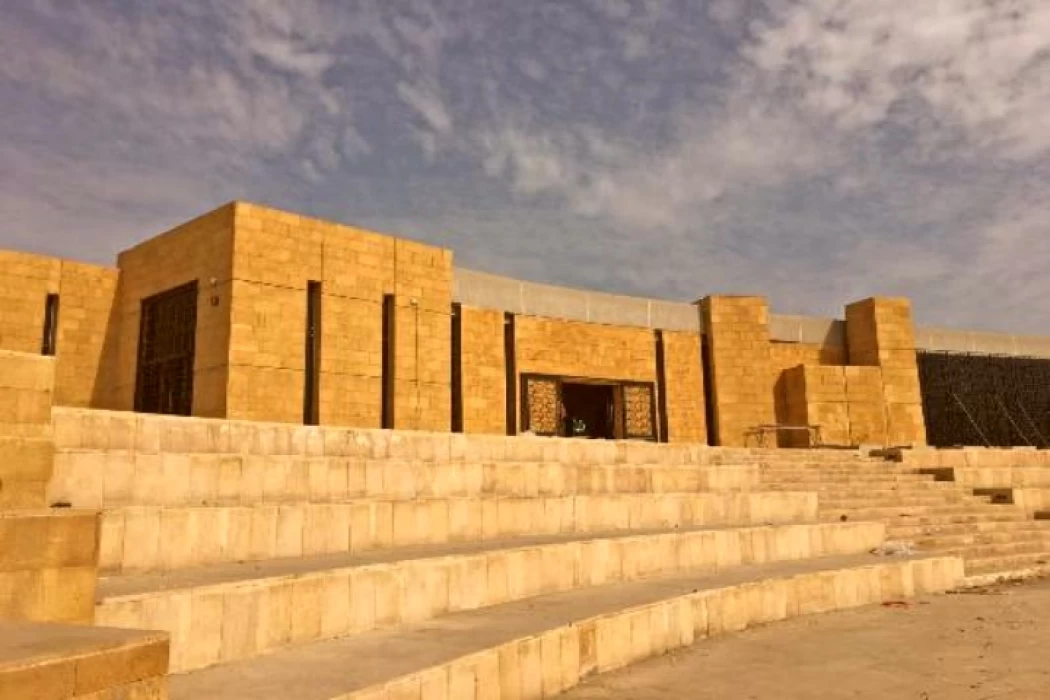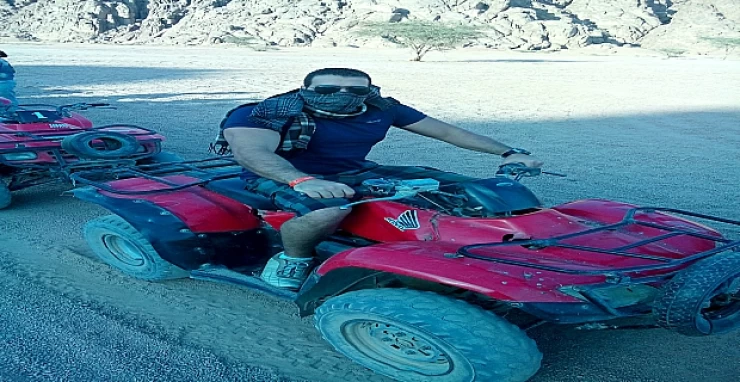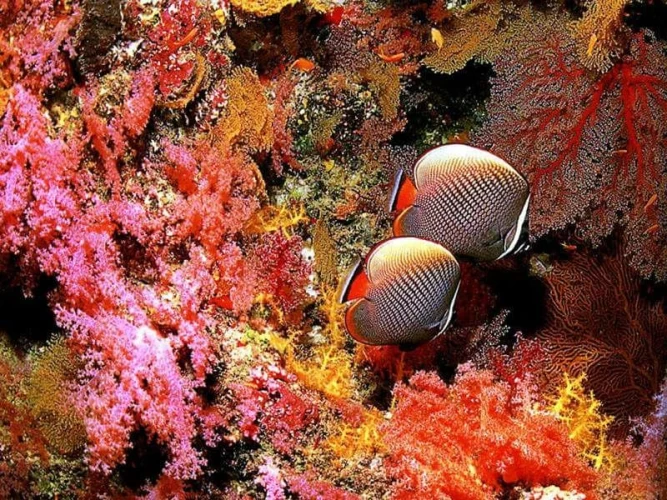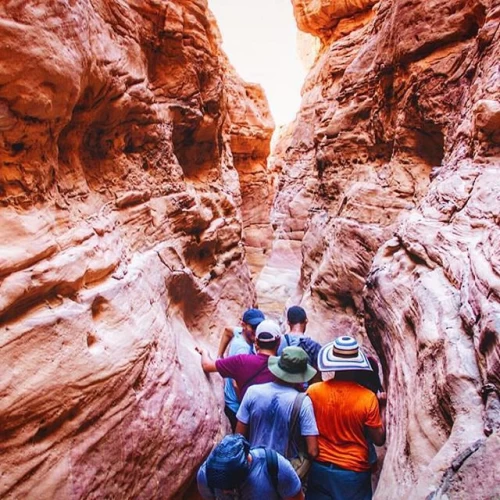
Museum of Tal Basta Antiquities
History of Museum of Tal Basta Antiquities
One of the most significant archaeological museums built in the Eastern Delta in the last ten years as part of the state's efforts to boost tourism is the Tell Basta Archaeological Museum in Zagazig, Sharqia Governorate. The museum was founded in 2006 and ceased operations until it was revitalised and development work was finished in 2017, with a major celebration for its opening in 2018. It is located within the Tell Basta archaeological area, which is the largest archaeological site in Lower Egypt, and its name came from "Bastet", an ancient goddess in the form of a black cat.
What's inside the museum?
The museum includes a collection of artifacts resulting from excavations carried out by Egyptian and foreign missions in the governorate. It consists of two parts: the first is an open museum, which is an open museum garden, equipped with services, a cafeteria to serve visitors, bazaars, a visual preparation hall, a parking lot for cars and buses, and restrooms for visitors. The second part of the museum is a building that includes 43 showcases and a number of artifacts reaching a thousand pieces, which are the result of excavations in the Sharqia Governorate, especially Tal Basta.
The relationship of Tal Basta with the Holy Family
The show scenario embodies the life of the citizen and society in Sharqia, in addition to the crafts and the customs, traditions, thought and religion that distinguish the people of the governorate. It includes a diverse group of antiquities, including statues made of burnt clay, a number of ornaments, offering tables, headrests, and vessels for the entrails of mummies.
Within the archaeological area of Tal Basta, lies the Holy Well, one of the most important points of the Holy Family's journey to Egypt, which increased the importance of the archaeological area and the interest of tourists in visiting it. The museum, during the past 6 years, received hundreds of trips from foreign tourists, and internal trips were organized for school students and the public to visit it.
It was also transformed into a museum school to hold workshops to teach fine arts and ancient Egyptian writing. The Sharqia Governorate took an interest in this archaeological area and held a large number of events such as the song festival and the organization of the Egyptian Handicrafts Exhibition for the seven governorates through which the Holy Family passed, as well as an annual celebration commemorating the entry of the Holy Family.

















